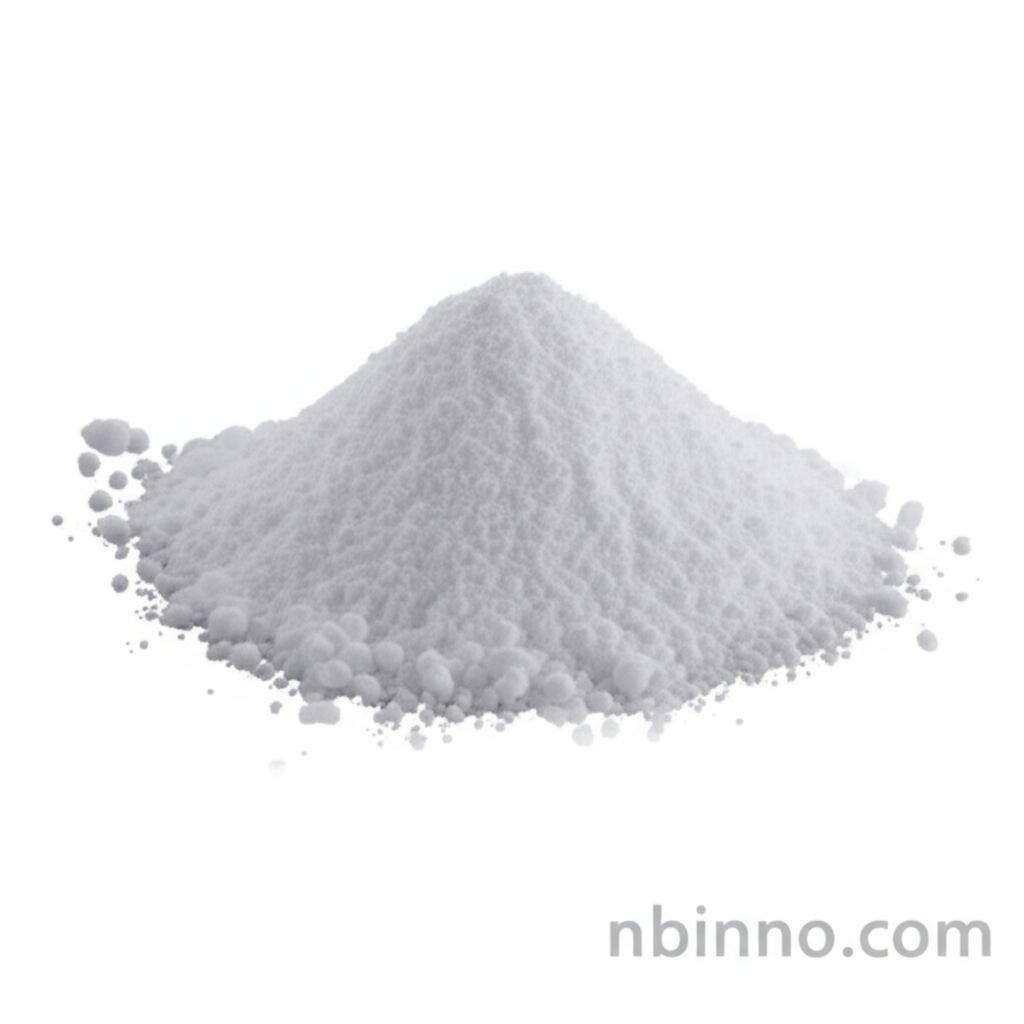Sodium Phenylphosphinate CAS 4297-95-4: A Versatile Intermediate for Pesticides and Pharmaceuticals
Discover the critical role of Sodium Phenylphosphinate (CAS 4297-95-4) as a key chemical intermediate. Learn about its properties and applications in pesticide synthesis, pharmaceutical development, and as a high-performance stabilizer for polymers and nylon.
Get a Quote & SampleProduct Core Value

Sodium Phenylphosphinate
We are a reliable supplier in China, offering high-quality Sodium Phenylphosphinate (CAS 4297-95-4). This chemical compound is essential for various industrial applications due to its unique properties. As a key chemical intermediate, it plays a vital role in the synthesis of complex molecules.
- Explore the use of Sodium Phenylphosphinate intermediate for pesticides, enabling the development of advanced crop protection solutions.
- Understand the significance of Sodium Phenylphosphinate for pharmaceutical synthesis, contributing to the creation of novel drug compounds.
- Leverage our high purity (>98%) Sodium Phenylphosphinate, ensuring consistent results in your chemical processes.
- Benefit from its role as an optical stabilizer for polyamide resins, enhancing the aesthetic and functional properties of plastics.
Advantages Offered by the Product
Chemical Intermediate Versatility
As a crucial chemical intermediate, Sodium Phenylphosphinate is integral to various manufacturing processes, particularly in the pharmaceutical synthesis sector, allowing for efficient production of complex active ingredients.
Enhanced Material Properties
Its application as an optical and heat stabilizer for nylon and polyamide resins significantly improves material performance, offering solutions for durability and aesthetic appeal, directly relating to the use of chemical stabilizers for polymers.
High Stability and Purity
With an assay of >=98% and a melting point above 300°C, Sodium Phenylphosphinate offers exceptional stability and purity, making it a dependable choice for demanding chemical applications, aligning with the needs of specialty chemical sourcing.
Key Applications
Pesticide Manufacturing
Sodium Phenylphosphinate serves as a vital intermediate in the synthesis of various pesticides, contributing to effective crop protection solutions and aligning with the needs of the pesticide synthesis intermediates market.
Pharmaceutical Development
Its role in pharmaceutical synthesis makes it a critical component for drug manufacturers, supporting the creation of new therapeutics and aligning with the demands of the pharmaceutical intermediate manufacturing sector.
Polymer Stabilization
As an optical and heat stabilizer for polyamide resins, it enhances the longevity and appearance of plastic materials, reflecting its utility in chemical stabilizers for polymers.
Nylon Enhancement
Sodium Phenylphosphinate acts as an optical and brightener for nylon, improving its visual appeal and performance characteristics, a key aspect for fine chemical applications.
